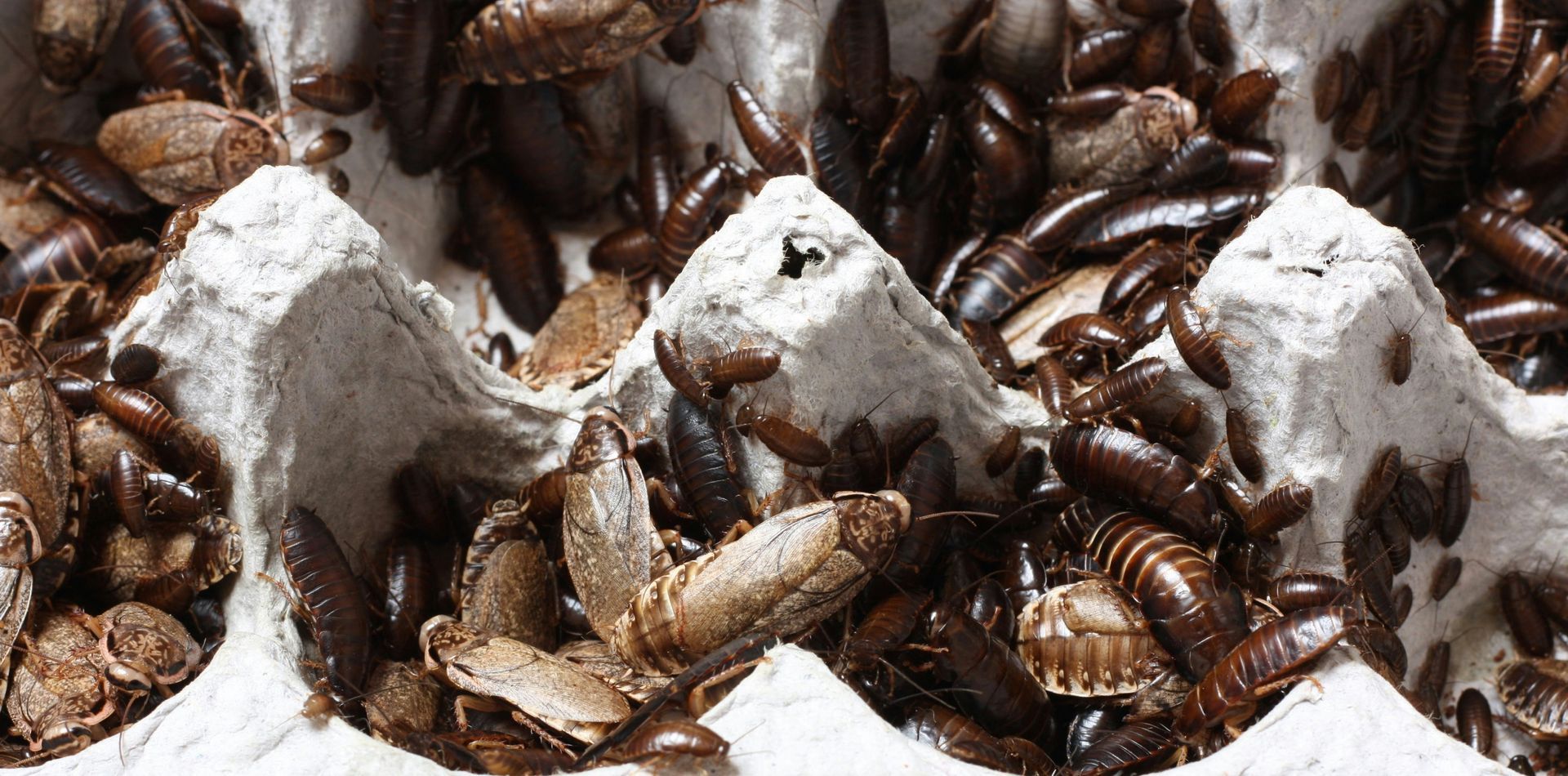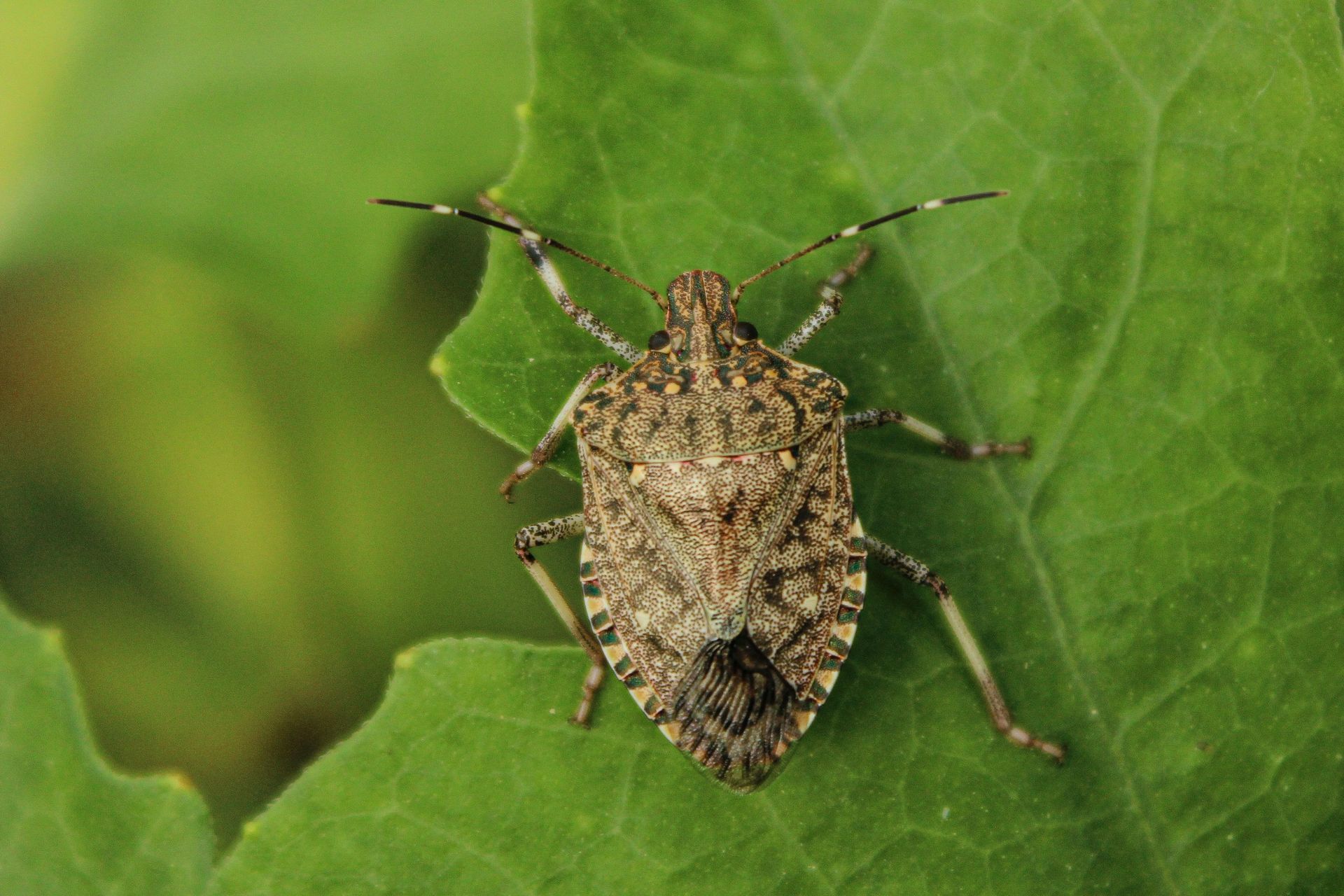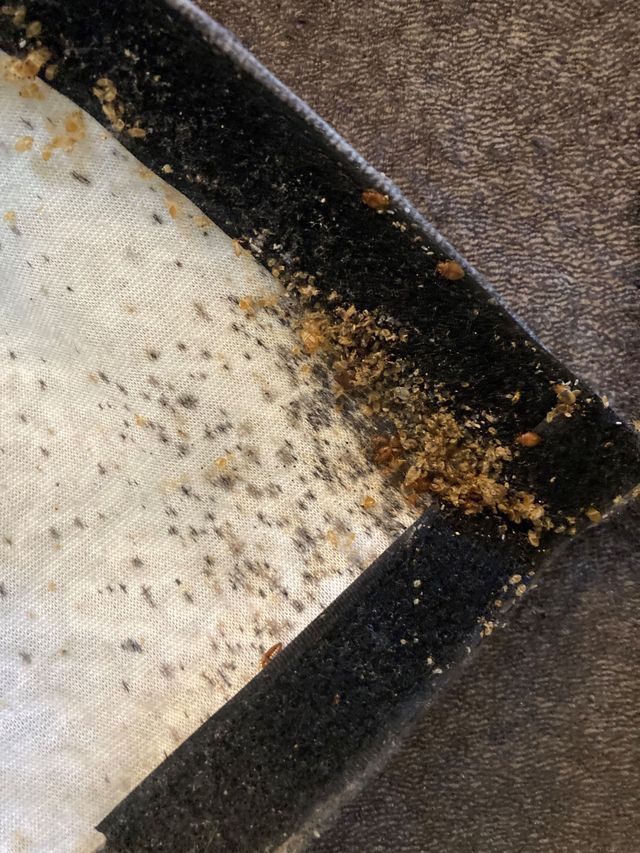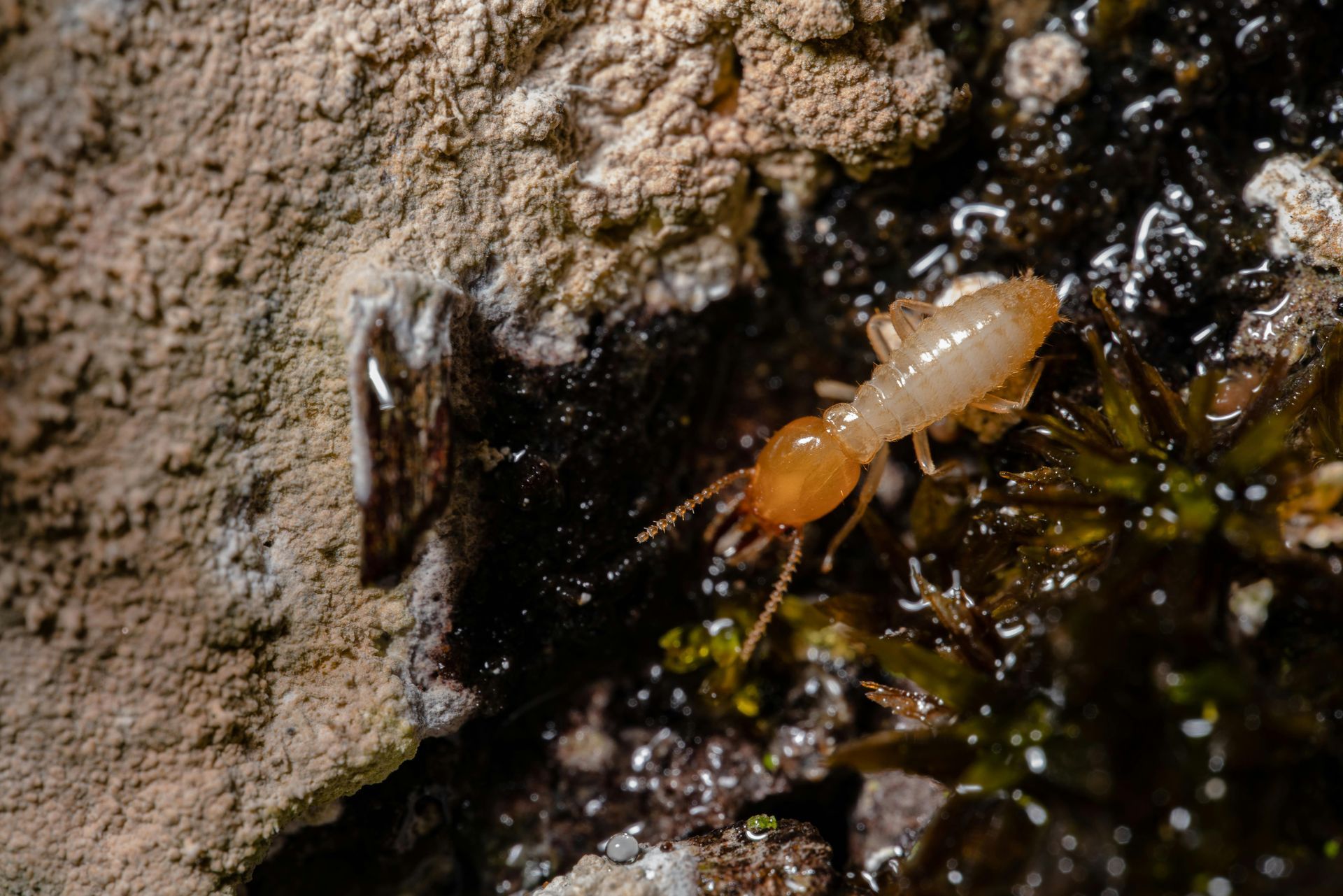What Attracts Ants to Your Kitchen and How to Prevent It
Ants are a common household nuisance, especially in the kitchen where food and moisture are often abundant. Even the cleanest kitchens can attract ants under the right circumstances. Understanding what draws ants into this space and knowing how to deter them can save homeowners time, frustration, and even money spent on ant control services. This guide explains the key reasons ants invade kitchens and offers practical steps to keep them out. For urgent infestations, consider contacting emergency pest control to address the problem quickly and effectively.
Key Takeaways
- Ants are mainly attracted to food sources, especially sugary or greasy substances.
- Moisture, such as leaky faucets or damp sponges, can also lure ants.
- Poor sanitation and improper food storage often lead to infestations.
- Entry points like cracks and gaps in windows or baseboards make kitchens accessible to ants.
- Natural deterrents and professional pest control methods can both be effective.
- Prevention requires consistent cleaning and routine maintenance of your kitchen space.
Why Ants Are Drawn to Kitchens
Ants are persistent invaders, primarily drawn into homes by the irresistible allure of food and water. The kitchen, being the heart of culinary activity, stands as the most susceptible area to ant infestations. Even the smallest oversight, like a few forgotten crumbs on the countertop or a sticky residue from a spilled drink, can act as a powerful beacon for scout ants. These diligent foragers, once they discover a potential food source, waste no time in relaying this crucial information back to their vast colony, triggering a full-scale invasion as more ants follow the chemical trails left by the scouts. Their highly developed sense of smell allows them to detect even microscopic food particles, making thorough cleaning and meticulous food storage essential in preventing these tiny, yet numerous, intruders. For severe infestations, professional emergency pest control services may be necessary to quickly regain control.
Common Food Sources That Attract Ants
Ants possess an incredibly keen sense of smell, which acts as their primary tool for locating food sources. This highly developed olfactory system allows them to quickly detect and home in on a wide variety of food types, making kitchens a particularly attractive target. Understanding which specific items draw their attention can be crucial in preventing infestations.
Here's a detailed breakdown of the food types that most strongly attract ants:
- Sugary Foods: Ants are particularly attracted to sweet substances for energy. This includes syrups (maple, corn, chocolate, pancake), honey (spilled or unsealed), jams and jellies (especially with sticky residues or unsealed lids), soda spills (even small splashes of sugary drinks), candy and baked goods (crumbs, open wrappers, exposed items), and sweetened condiments like ketchup and barbecue sauce with sticky residue.
- Greasy or Oily Foods: Ants are drawn to kitchens not just by sugar but also by fats and oils, which are concentrated energy sources. This includes leftover cooking oil, meat drippings, uncovered butter and margarine, oil-based salad dressings, and oily snacks like potato chips.
- Protein-Based Items: Ant species, such as odorous house ants, are drawn to protein sources for colony growth and larval development. Common attractants include pet food (especially dry kibble and wet food left overnight), meat scraps (cooked or uncooked, left on plates, cutting boards, or in open trash cans), cheese (particularly soft cheeses or crumbs), and peanut butter (due to its fat and protein content).
- Bread and Grains: Foods rich in carbohydrates, such as breads, cereals, rice, pasta, crackers, flour, and sugar, attract ants, especially when stored in unsealed containers. Even small crumbs can draw foraging ants.
Water and Moisture
In addition to food, ants need water to survive. Kitchens often have multiple sources of moisture:
- Leaky faucets
- Wet sponges or dishcloths
- Water left in sinks or pet bowls
- Condensation around windows or pipes
These areas become even more attractive during dry seasons or in arid climates.
Entry Points: How Ants Get In
Ants are tiny and resourceful. They can enter through the smallest openings, many of which may go unnoticed by homeowners.
Common Entry Points Include:
- Cracks in walls, baseboards, and floors
- Gaps around windows and doors
- Holes where pipes or cables enter the home
- Vents and air conditioning units
Sealing these openings is a critical first step in preventing infestation. For comprehensive solutions, explore our full range of pest control services.
How to Prevent Ants in the Kitchen
Effective ant prevention requires a multifaceted approach. Below are the most practical and proven strategies:
Maintain a Clean Kitchen
Maintaining a clean home is the best defense against ants by eliminating their food and water sources. This involves immediately wiping down countertops after cooking or eating, sweeping or vacuuming floors daily to remove crumbs, promptly cleaning up spills, and regularly taking out the trash in bins with tight-fitting lids.
Store Food Properly
Improper food storage is a primary cause of ant infestations because ants are drawn to exposed food high in sugar, carbohydrates, and proteins. To prevent ants, use airtight containers for pantry items, refrigerate fruits when possible, and rinse recyclables to remove food residue.
Eliminate Moisture Sources
To make your kitchen unappealing to ants, focus on eliminating water sources, as ants need water to survive. This can be achieved by promptly fixing any leaky pipes or faucets, ensuring wet sponges and cloths are wrung out and dried, and emptying pet water dishes when not in use.
Seal Entry Points
The provided text outlines methods for preventing ants from entering a kitchen, emphasizing the creation of physical barriers. Key steps include thoroughly inspecting the kitchen's perimeter for potential entry points like cracks, gaps, and areas around pipes. Once identified, these openings should be sealed using caulk for smaller cracks and weatherstripping for larger gaps around doors and windows. Additionally, installing fine mesh screens on all vents and windows is recommended to block smaller ant species. By diligently implementing these barrier methods, the likelihood of ants entering the kitchen is significantly reduced.
Use Natural Deterrents
To naturally deter ants, you can use a 50/50 mixture of vinegar and water, which disorients ants and disrupts their scent trails. Lemon juice, with its acidity, also acts as an effective barrier. Additionally, certain spices and essential oils like cinnamon, peppermint oil, and cloves can repel ants due to their strong scents and textures. For best results, apply these deterrents regularly near entry points and along ant trails.
Consider Baits and Professional Help
Strategic approaches are crucial when addressing an ant infestation. Ant baits target the entire colony by having ants carry poisoned bait
back to the nest, eliminating the source for long-term control. Directly spraying visible ants with insecticide should be avoided, as it can cause the colony to scatter. Persistent infestations may require commercial pest control professionals to implement specialized treatments and prevent reinfestations.
Natural Ant Deterrents and Their Uses
| Deterrent | How to Use |
|---|---|
| Vinegar | Spray along ant trails and entry points |
| Lemon juice | Wipe down surfaces and cracks |
| Cinnamon | Sprinkle near baseboards and corners |
| Peppermint oil | Soak cotton balls and place in entry areas |
| Cloves | Place in cabinets and pantry shelves |
Frequently Asked Questions
Why do ants suddenly appear in my kitchen?
Ants often appear suddenly when they discover a food or water source. Once one ant finds something useful, it leaves a pheromone trail that leads others to the same spot.
Are certain times of year worse for ant infestations?
Yes, ant activity tends to increase in the spring and summer months when colonies are most active and searching for food.
Can ants damage my home or food?
While most ants are more of a nuisance than a threat, they can contaminate food and some species may damage wooden structures.
Is it safe to use chemical ant killers in the kitchen?
Use caution when applying chemical treatments in food preparation areas. Always read the label and consider non-toxic options or professional services.
How do I know if I have a serious ant problem?
If you see large numbers of ants consistently, notice ant nests inside walls or appliances, or find different species like carpenter ants, it may indicate a more serious infestation that requires expert help.
Final Thoughts
Ants in the kitchen can be persistent, but with consistent maintenance, smart food storage, and a few natural deterrents, you can greatly reduce your risk of an infestation. Understanding what attracts ants and addressing those issues quickly will help you maintain a cleaner, pest-free environment. For severe or recurring problems, don’t hesitate to consult a pest control professional for a tailored solution.
Want to see how effective professional pest control can be? Check out our
gallery to see real results from homes we've protected. Contact us today to schedule your service and keep your kitchen ant-free!











